Nicknamed the “florists’ geranium“, “queen of the windowsills“, and even confusingly simply “geranium“, storksbill or pelargonium is a perennial plant native to South Africa that grows in sun-endowed regions and resists winter frost spells.
An annual plant, storksbill is a shrub with tuberous roots, and depending on the variety, the stems can be fibrous or subsucculent, herbaceous or succulent. It hosts very colorful flowers; alternate leaves that are whole, gouged or even composite.
As for its fruits, they’re formed into a long beak (central axis) and five mericarps with an ellipsoid feather-like seed: this looks decidedly like the beak of a stork.
This bush is usually very fragrant, grows in rich soil mix that should be light, airy and should drain very well, as are most garden soils where there are a lot of leaves.
It has been sighted virtually all over the planet, even in deserts. This versatility serves it well, given the diversity that it shows as a species.
However, aside from its ornamental purpose, Pelargonium has been playing a major role in traditional medicine, especially in Africa.
Why do plant doctors recommend this plant? What ailments does it cure? What benefits does it bring to the body in terms of health? How should it be prepared for the most effective result?
Read on…
Pelargonium, a short story
The root meaning of the scientific Latin name “Pelargonium” comes from the Greek word “pelargos” which means stork because of the shape of the fruit that looks like that bird’s beak.
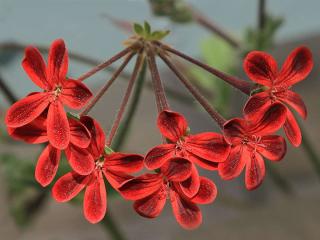
If was grown in the botanical gardens of Leiden in the Netherlands since the 1600s. Incrementally, this bush and its many diverse varieties spread across Europe.
One century later, pelargonium that boast large flowers appeared. That is when Charles Louis L’Héritier de Brutelle (a French botanist) considered that Geranium and Pelargonium were actually 2 distinct species.
Although most pelargonium species are native to southern Africa, some species are endemic to Australia and even New Zealand.
Pelargonium species and uses
As of today, 280 pelargonium species have been numbered in the wild, with most of them (71%) growing in South Africa.
Among this great diversity of storksbills, several groups stand out thanks to their specific uses:
- Pelargonium hederafolium, also called “ivy geranium“, have distinctive bright green leaves. It is grown in hanging gardens or along balcony railings.
- Zonal Pelargonium are violet, pink, purple, red or orange in color. Very common in flower beds, it is appealing also in summer on balconies.
- Pelargonium grandiflorum hosts unique large flowers, leaves. The flowers are very voluminous. It is grown indoors.
What are its health benefits?
Pelargonium health benefits and therapeutic properties
For centuries, storksbill was used in modern herbal medicine by such tribes as the Fingos, Xhosas, Zulus and Basothos.
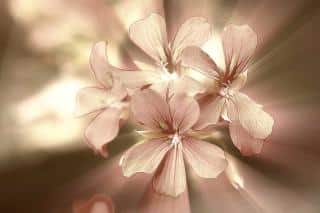
Moreover, this perennial plant was called upon to prevent secondary infections like chronic bronchitis.
In most cases, pelargonium was used as a substitute for antibiotics in some of these disorders.
To better understand the sanitizing effects of Pelargonium, note that this plant acts upon micro-organisms that have taken hold in the lungs and higher breathing tracts; the result is that breathing becomes easier in case of bronchitis or other respiratory infections.
This plant is very often recommended in winter, when low-level sore throats and respiratory disturbances reappear.
Aside from that, pelargonium is recommended in cases of exhaustion, stress, and apathy, because thanks to its therapeutic properties, it has the capacity to reinforce the immune system.
Usage, dosages, and how to use pelargonium
“Pelargonium sidoides” is sold as:
- extract to treat bronchitis and colds. Recommended dosage when using extracts are best found on the manufacturer’s information sheet.
- gelcaps/tabs to treat colds. 2 capsules (400 mg each ) taken morning and evening are recommended. For children ages 6 and above, dose must be halved.
- and finally as tincture. Usual recommended dosage is 1 teaspoon (5 ml) taken 3 to 4 times a day.
Practical advice regarding pelargonium
Pelargonium is recommended to treat bronchitis, colds, the flu and even sinusitis; and its extracts are usually well tolerated.
Take note though that certain patients did report that skin rashes, slight stomach pain and disorders of the nervous system were felt after having ingested pelargonium root extracts.
Consequently, using pelargonium root extracts during pregnancy and breastfeeding is not advised.
Absorbing pelargonium should never replace actual doctor-prescribed treatments. It is usually prescribed as an additional treatment.
If you need to cure these respiratory disorders, consult with your physician.

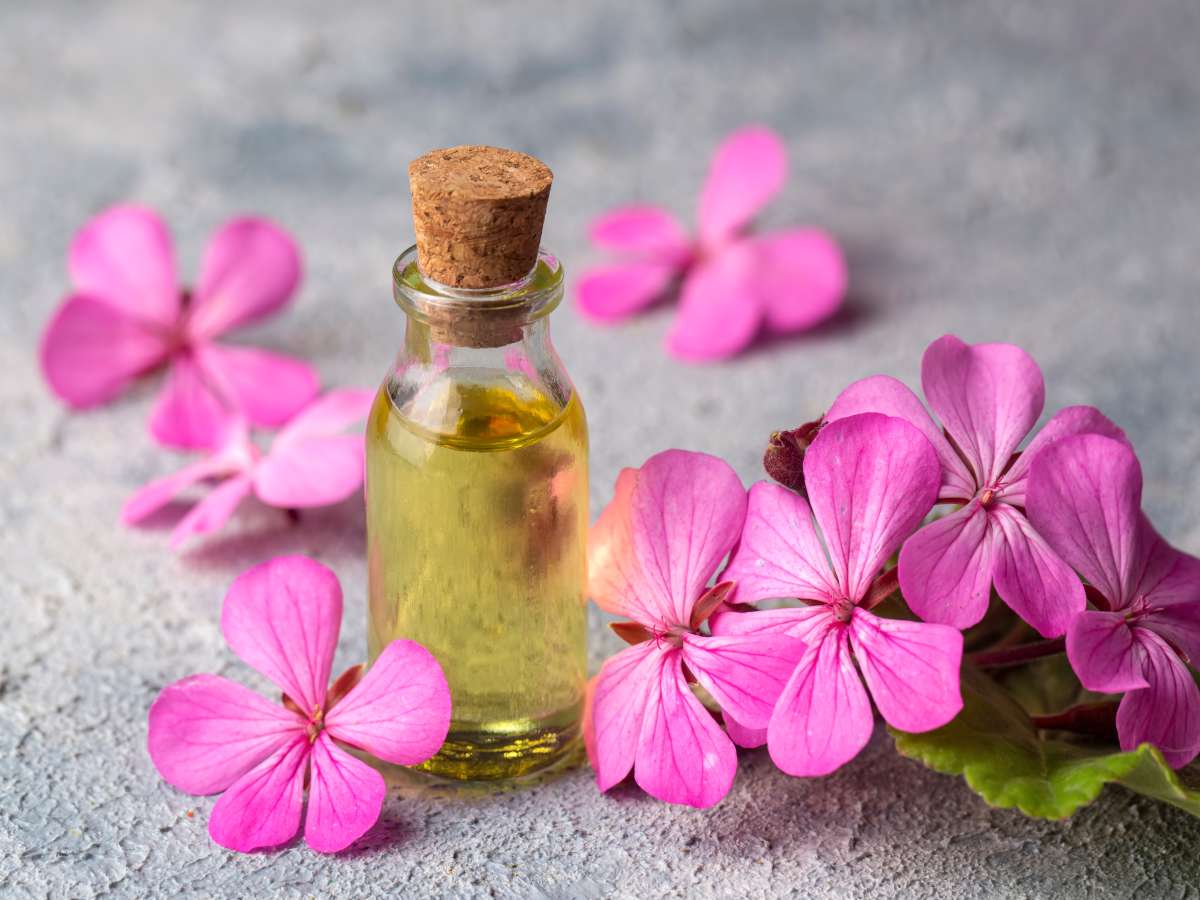
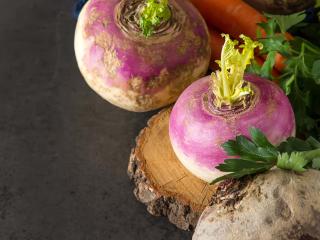
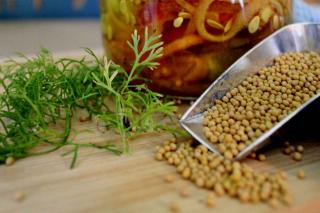
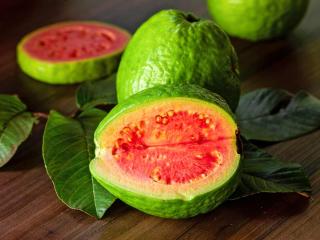
I have a question
Ask my questionI'd like to comment
Post a commentNo comments yet – be the first to share your thoughts!